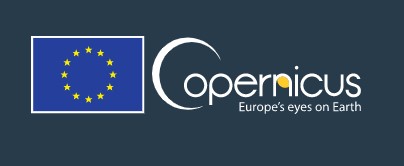Copernicus is the European Union's Earth observation programme, looking at our planet and its environment to benefit all European citizens. It offers information services that draw from satellite Earth Observation and in-situ (non-space) data.
The European Commission manages the Programme. It is implemented in partnership with the Member States, the European Space Agency (ESA), the European Organisation for the Exploitation of Meteorological Satellites (EUMETSAT), the European Centre for Medium-Range Weather Forecasts (ECMWF), EU Agencies and Mercator Océan.
Vast amounts of global data from satellites and ground-based, airborne, and seaborne measurement systems provide information to help service providers, public authorities, and other international organisations improve European citizens' quality of life and beyond. The information services provided are free and openly accessible to users.

Look at he short video to see what Copernicus is about.
Users
The main supposed users of Copernicus outputs are policy makers and public authorities. On the basis of the information that provided by the Copernicus, they can better decide on environmental issues or respond flexibly to natural disasters and humanitarian crises. The primary user of the Copernicus service is the European Union (primarily for the development of its policies). Other international organizations (such as FAO, WMO and others) are also using them. Other users of Copernicus data and services are academic and research spheres, private companies and general public. Copernicus has therefore great potential for creating new jobs, economic growth and innovation, as demonstrated by selected economic studies (e.g. EARSC - text or short video clip).
The Copernicus program consists from three basic components:
Coordinated and managed by the European Commission
It focuses on six thematic areas: Territory, Marine Environment, Atmosphere, Security, Crisis Management and Climate Change
It is coordinated by the European Space Agency (ESA) in cooperation with the European Organisation for the Exploitation of Meteorological Satellites (EUMETSAT).
It consists of Sentinel 1-5, along with the missions from various space agencies.
It is coordinated by the European Enviromental Agency (EEA)
It is composed of data from observation networks in individual EU Member States.